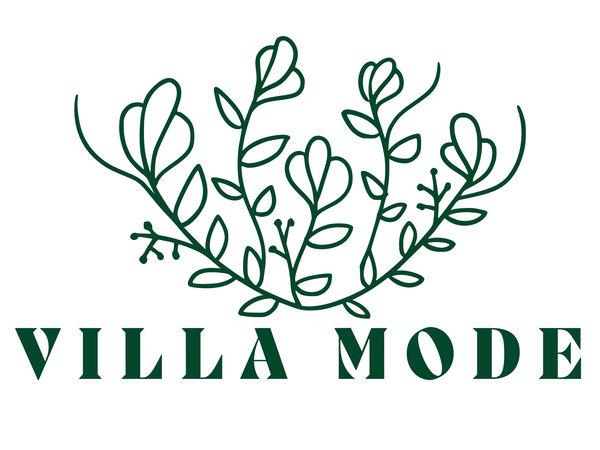What are "unisex fragrances"?
Ilze, Villa Mode degunsThis article will focus more on stereotypes and marketing than on perfumery. Why? Because fundamentally, all, absolutely all fragrances are unisex or gender-neutral. The assumption that floral and fruity scents are suitable for women, while woody and leathery ones are for men, is a marketing tool to sell products more efficiently and easily. Of course, it's not necessarily a bad thing, as it helps consumers navigate the vast array of offerings more easily. But let's go through it all step by step.
Today
Today, in 2024, when this article is being written, the concept of "unisex fragrances" is becoming increasingly familiar even to those who are not yet acquainted with niche fragrances. In the world of niche fragrances, from the very beginning, all scents are created for both women and men, without directing them in any way towards one gender through packaging or advertising materials.
Today, there is another trend - people increasingly want to express their personality through scent, to create a sense of well-being for themselves, but less to identify with a model who is hired to be the "face" of a particular fragrance.

One bottle - two users
In simple terms, unisex fragrance compositions are crafted to be comfortably worn by both women and men. These compositions focus on the story of the scent but do not place women or men at the center of that story. It's like a fairy tale where you can insert yourself as the main character, rather than watching the story unfold from the sidelines.
As mentioned earlier, fundamentally, no fragrance in the world is strictly for men or women because nowhere is it stated that flowers don't suit men or woods don't suit women. A rose remains a rose, and there's no reason to believe that this flower is exclusively feminine. Likewise, wood remains wood; it would be odd to assume that wood belongs only to the world of men. Moreover, flowers and woods can be so diverse! However, people's perceptions tend to be oversimplified to the point of absurdity - flowers are pink and rosy, these colors are acceptable only for women; wood smells earthy and robust, so it's suitable only for men. Since these stereotypes have found a warm place in people's minds, modern unisex fragrance creators consciously strive to develop more neutral (yet very interesting) compositions that allow for free interpretation.
Have you noticed that many popular "men's fragrances" and "women's fragrances" are very, very similar and typical of each other? Often, "men's fragrances" are distinctly fresh, while "women's" are distinctly sweet. It is precisely this trend that unisex fragrance creators seek to avoid.
Calvin Klein was the first to do it
When discussing "unisex perfumery," we must talk about the history of advertising. Before fragrances started to be advertised, they were all "unisex." However, when there arose a need to advertise them, it became clear that a specific and targeted way was needed to find an owner for the fragrance more easily and quickly. And so began the era of beautiful women and manly men on posters, urging people to buy the latest perfume...
One of the most popular designer fragrances is Calvin Klein One, which has been around since 1994. During the entire period of perfume advertising, this was the first fragrance deliberately marketed as gender-neutral, encouraging the purchase of one bottle that could be used by both women and men. The successful example set by Calvin Klein was followed by other popular perfume manufacturers. However, as mentioned, in the niche fragrance world, this has been a given from the beginning because in the world of niche fragrances, the focus has always been primarily on the scent itself, not on the marketing concept and sales plan that immediately seeks out a customer who will respond to the advertising call.

Will all fragrances be "unisex" in the future?
Definitely not, as consumers are very diverse, and for a significant portion of people, it's much easier to navigate the offerings when they see that the advertising face of a specific scent is, for example, a popular celebrity - a woman or a man. This allows for unconscious identification and confident fitting of this scent, and moreover, it doesn't require any knowledge of notes. On the other hand, fragrances whose design and marketing don't indicate any gender require deeper engagement - reading (and understanding) the list of notes, trying them out for a longer time to determine if this scent suits me.
How to navigate unisex fragrances?
Firstly, don't be afraid of this term (in my 7 years of working in the perfume industry in Latvia, I've noticed that for some customers, the label "unisex fragrances" seems confusing and discourages exploration). Understand that it simply designates fragrances whose composition is crafted not to be distinctly "feminine" or distinctly "masculine," but rather interesting and beautiful for both.
Secondly, some minimal knowledge about fragrance composition and notes will be helpful. It's not difficult at all. If we start reading from the top notes downwards: "ginger, cardamom, woods..." or "fig, rose, vanilla...". You'll surely have associations and impressions, whether you'd like to try it out or not.
Thirdly, design. Yes, design is a crucial aspect for making a decision - whether you like it or not. Nowadays, physical and virtual shelves can delight the eyes with the most diverse packaging and designs - from the most colorful decorativeism to the minimalistic.
Wishing you a bold and beautiful journey into the world of fragrances!
